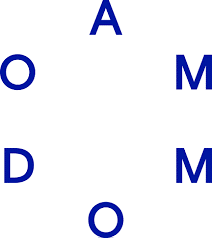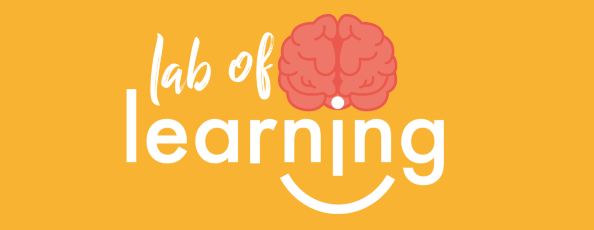1. Developmental interplay between beliefs, functional brain networks, and school trajectories
Why do some adolescents avoid challenges, while others thrive at challenging school tasks? Why are some students more resilient to setbacks at school than others? In this project, we investigate the interplay between beliefs that students have about their abilities (mindset), how their functional brain networks for processing errors and feedback develop, and their actual learning trajectories and well-being in school. We longitudinally follow children from the first until the third year of high school, and assess their motivational profile using questionnaires, their learning behavior using computer tasks (a math task with self-adjusted difficulty and an explore/exploit task) and using fMRI, how their brain prioritizes different types of feedback and anticipates on effort and reward.
Example publications:
Mindset and effort during a self-adapted arithmetic task: Variable-and person-oriented approaches
Neural correlates of error-monitoring and mindset: Back to the drawing board?
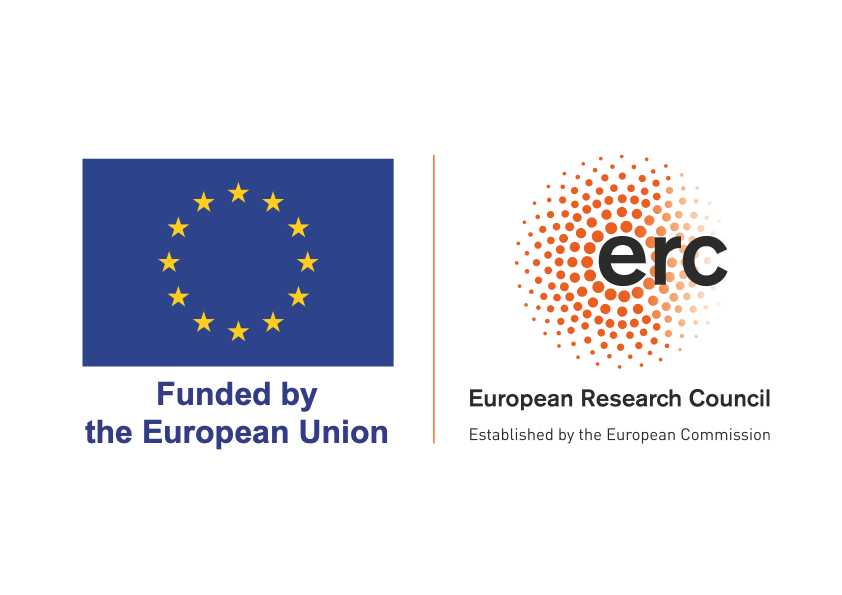
2. Intervention RCT: Influencing beliefs to stimulate resilient learning behavior at school
In this project, we developed an intervention in which adolescents experience the malleability of their own brain activity, and that they have influence on their own learning processes. We use portable EEG-neurofeedback to create this experience, and developed different interactive neurofeedback games in collaboration with Waag Technology & Society.
Example publications:
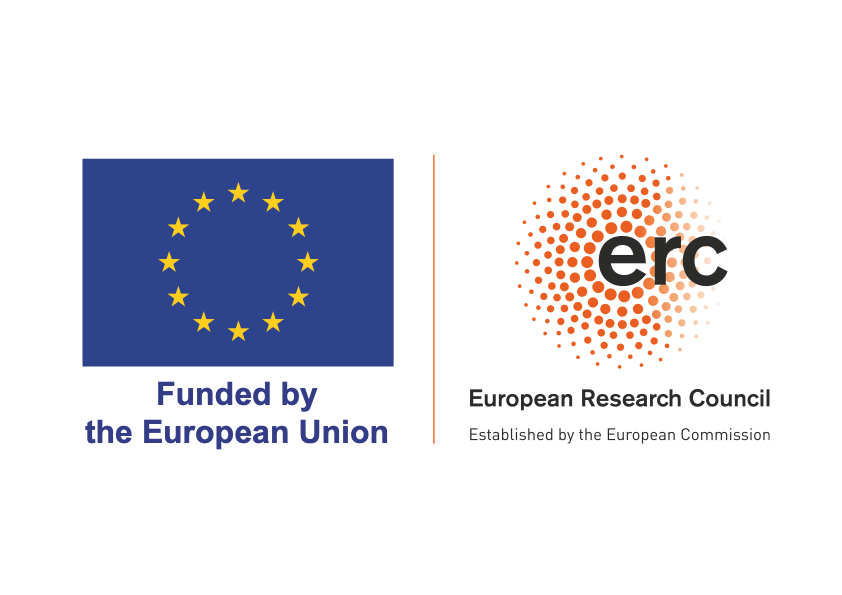
3. Motivation and the social environment: the role of peers and parents
It is known that adolescents are highly flexible in goal-directed behaviour and adolescents’ beliefs and goals are likely to be strongly influenced by peers and parents. This project moves beyond the level of individual students. The overall aim is to investigate how peers and parents influence both early (12-14 years old) and late adolescents’ (15-17 years old) ability beliefs, goal orientation and study motivation. To investigate the role of parents and peers, we assess social networks at school, use diary techniques and observations of peer-to-peer and parent-child interactions during learning.
Example publications:
The reported effects of neuroscience literacy and belief in neuromyths among parents of adolescents

4. The role of ability beliefs in effort investment, stress and failure attribution: physiological mechanisms
Making mistakes is inherent to learning. Students, however, may hold different views on what these mistakes mean to them. In this project, we addresses the underlying (electro)physiological correlates of confrontation with errors and helpless attributions, in relation to ability beliefs. Electrocardiograms (ECG) and Encephalo-Electrograms (EEG) are measured in undergraduate students while they perform a math task (Math Effort Task; MET, in which participants choose their own difficulty levels) and a stop signal task.
Example publications:
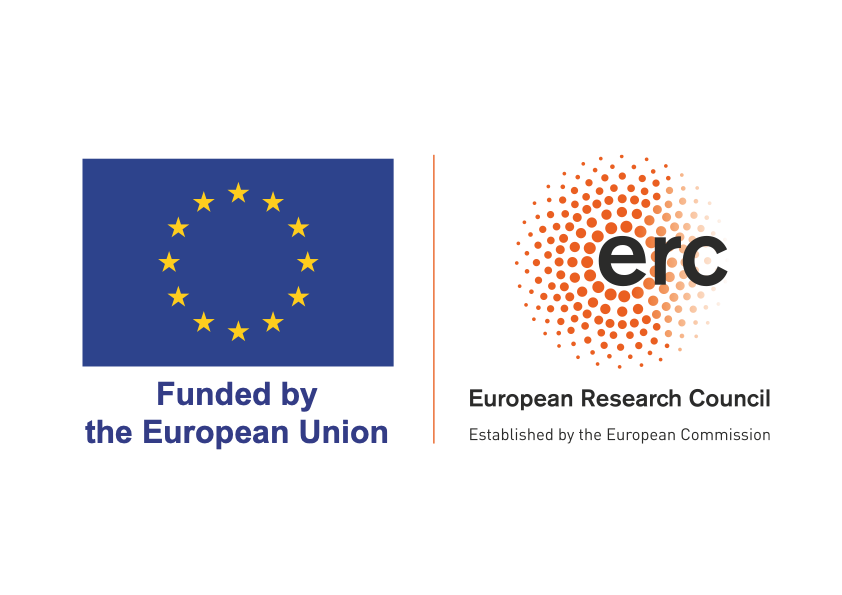
5. Understanding the motivation-performance cycle
Education is an important contributor to young people’s development. To optimize the learning process in youth, understanding the underlying mechanisms is essential. However, numerous motivational and cognitive variables are known to affect learning, which all change continuously and mutually influence each other. Existing learning theories typically focus on a limited set of variables, and capture just one direction of causality (e.g., intrinsic motivation increases performance). In this project, we will develop a new cyclical model of learning, grounded in a network approach, linking sub-networks of motivation, effort-related behaviours (i.e., perseverance), and performance. All variables can mutually influence each other, and each outcome can be the starting point for a new learning cycle. The model will highlight which interventions seem most promising depending on where a learner is in the cycle, thereby informing teachers where and when best to intervene. We will tackle the cycle of motivation, effort, and performance by analysing longitudinal datasets covering different components of the cycle. These datasets cross boundaries between the lab and educational practice, and between the global North (the Netherlands) and the global South (Peru) communities.
Example publications:
Motivation-achievement cycles in learning: A literature review and research agenda
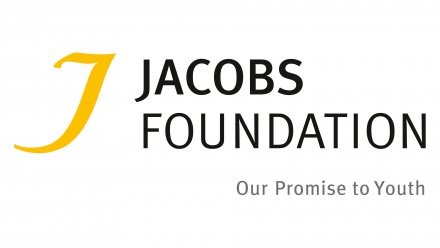
6. Exploring the possibilities of portable neurotechnology for educational research and practice
In the past few decades, neuroscience and cognitive psychology have produced a rich body of research on memory, learning and attention, but for the most part the translational value of this work to classroom practices has been limited. A major challenge for translation is that neuroscience research is typically conducted in artificial and highly controlled laboratory settings. Interestingly, recent developments in portable neurotechnology (e.g. electroencephalography (EEG) and functional Near-Infrared Spectroscopy (fNIRS)) now allow taking neuroscience research out of the lab and into working classrooms and other real-life settings. Moreover, portable technologies enable research in young children, and in areas of the world where access to advanced research labs is limited. In this recently founded Emerging Field Group, we will jointly explore the use of portable brain technologies to increase the ecological validity and worldwide implementation of educational neuroscience research.
Example publications:
Opportunities and limitations of mobile neuroimaging technologies in educational neuroscience

7. How neuroscience impacts society
Neuroscience research and neuro-imaging in particular is popular in the media and in diverse daily-life settings such as the educational practice. This makes it very important to safeguard accurate and realistic communication about neuroscience results, and to investigate the public impact of neuroscience. In 2015, we published the book “Kijken in het brein” (“Looking into the brain”) to help the general public to separate myths from the promising directions in our field. In addition, we investigate neuroscience communication and the impact of developments in neuroscience on society (in collaboration with the Athena Institute). For example, we recently studied public perceptions of the ‘teenage brain’, and how these views impact adolescent behavior.
8. Social Educational Neuroscience Amsterdam (SENSA)
Together with a team of VU researchers, we jointly tackle urgent issues at the intersection of social psychology, developmental psychology, cognitive neuroscience and educational neuroscience. We focus on investigating the behavioral and brain mechanisms of social and motivational processes in educational settings from childhood to adolescence. We integrate lab-based experimental approaches with more ecologically valid methods, for example by using portable neuroimaging techniques that can be applied in the classroom while students are interacting.
This project is funded by the Ammodo Science Award for Groundbreaking Research 2020.
For more information see: https://socialeducationalneuroscience.com/
